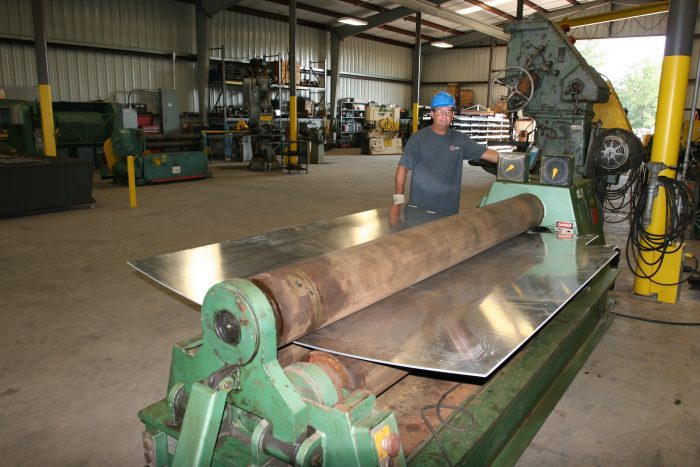Pinch Point Safety

Cogbill Safety Tuesday March 02, 2021
Pinch points are hazards that frequently occur in industrial and construction worksites. According to OSHA, a pinch point is defined as “any point other than the point of operation at which it is possible for a part of the body to be caught between the moving parts of a press or auxiliary equipment, or between moving and stationary parts of a press or auxiliary equipment, or between the material and moving part or parts of the press or auxiliary equipment.”
Pinch points accidents can easily cause injury, some extreme enough to result in limb amputation or even death. Statistics indicate in general, 1 of every 20,000 employees suffer an amputation incident, while in industries such as construction and manufacturing the number is closer to 1.6 of every 10,000. The manufacturing sector accounts for about 57% of all incidents. About 125,000 incidents occur every year where a limb is caught or crushed when it gets caught between two objects or entangled with machinery.
Pinch point accidents can occur quickly, so employers should make sure proper precautions and training are put in place to prevent injury and death.
Some safe practices to avoid pinch point injuries are:
Survey your work area and identify all possible pinch points.
Inspect equipment before each use to ensure it is working properly.
Make sure machine guarding is in place and is effective.
Make sure you have adequate lighting and always keep the lenses of your protective glasses clean while working.
Always wear appropriate PPE for the equipment you are working with.
Be cautious of where you place your hands, feet, arms, and legs.
Do not reach into moving or rotating equipment and machinery.
Always lockout and tagout equipment after use.
Avoid wearing jewelry, loose clothing, and having long hair down.
Wearing gloves while operating some rotating equipment can cause the hand to be caught and crushed or amputated, and as such can be counterproductive in such situations.
Always be alert and observant when working and avoid taking shortcuts.




